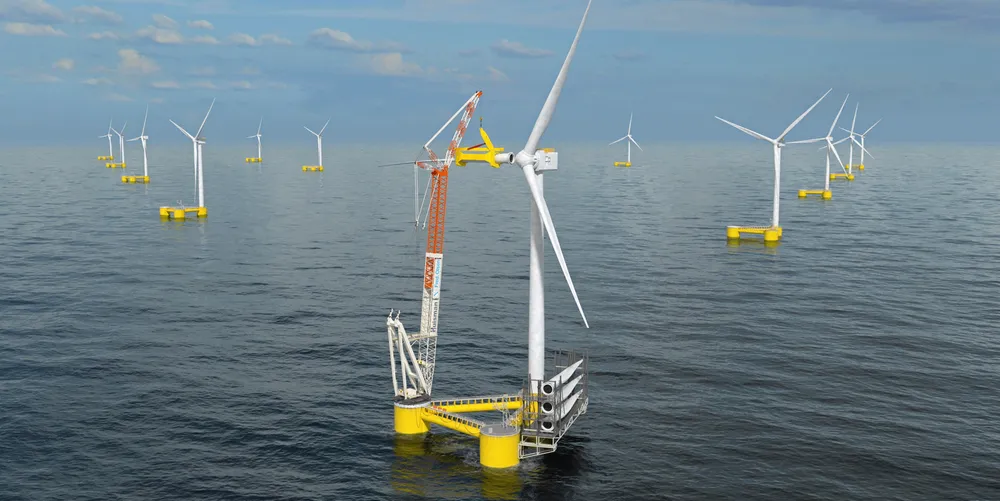Fred Olsen hooks up with Huisman for cost-cutting quick-cue crane for floating wind O&M
Novel concept calculated to lead to speed of turbine componentry exchange operations being 'meaningfully improved', simplifying offshore operations and maintenance and boosting production uptime
